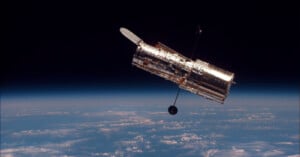
NASA’s Hubble Space Telescope is Having Difficulties
NASA's iconic Hubble Space Telescope has been going into protective "safe mode" after having issues with one of its three remaining gyroscopes forcing it to suspend science operations.

NASA's iconic Hubble Space Telescope has been going into protective "safe mode" after having issues with one of its three remaining gyroscopes forcing it to suspend science operations.
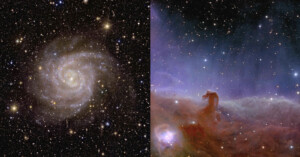
The Euclid space telescope, an instrument designed to solve the greatest mystery of the Universe, has sent back its first stunning images.
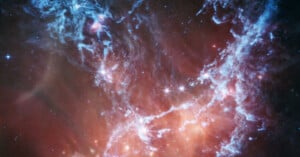
Among the James Webb Space Telescope's many scientific objectives are providing astronomers and physicists unprecedented looks at areas where stars are being born. These stellar nurseries are not only of great scientific importance, but they are also visually spectacular.
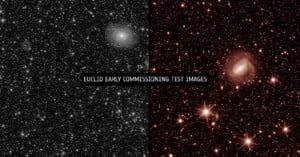
Nearly a month after launching from Cape Canaveral, the European Space Agency's new space probe, Euclid, has sent its first test images to Earth, and they are spectacular.
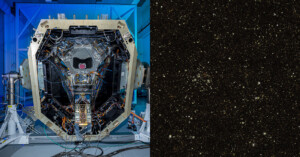
NASA's Nancy Grace Roman Space Telescope (NGRST or Roman) will feature two primary instruments, a 300.8-megapixel infrared Wide Field Instrument (WFI) and a Coronagraph designed for studying faint objects, when it launches in 2027. The NASA Goddard team recently installed a vital subsystem for the space telescope's Wide Field Instrument.
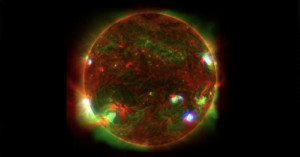
Three telescopes were pointed at the Sun to create this unique image that contains never-before-seen light.
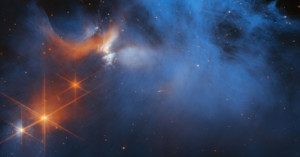
The James Webb Space Telescope has been used to identify a wide range of frozen gasses in a molecular cloud -- namely carbon, hydrogen, oxygen, nitrogen, and sulfur molecules -- which are the building blocks of habitable worlds.
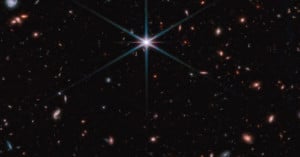
A team of scientists has leveraged the James Webb Space Telescope (JWST) to produce a massive mosaic of space made up of 690 photos. The image covers an area of the sky about eight times as large as the telescope's first deep field image released on July 12.
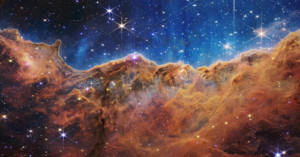
The first task I give photography students is to create a starscape. To do this, I ask them to sweep the floor beneath them, collect the dust and dirt in a paper bag, and then sprinkle it onto a sheet of 8x10 inch photo paper. Then, using the photographic enlarger, expose the detritus-covered paper to light.
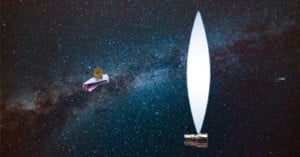
NASA's huge new James Webb Space Telescope is the most powerful telescope ever launched into space, but the agency is already looking toward the future. It is currently exploring the possibility of creating liquid lenses to make a gigantic telescope perhaps 100 times the size of the Webb.
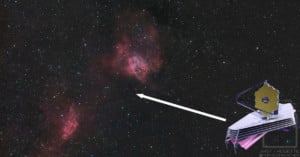
Astrophotographer Jason Guenzel captured a photo of the James Webb Space Telescope as it flew through space toward its final distant parking orbit. The image was captured while the telescope was 1 million kilometers (620,000 miles) away.
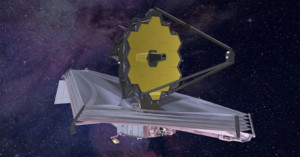
NASA is set to launch the James Webb Space Telescope (JWST), the successor to the legendary Hubble Space Telescope, on December 25, and what it will be first set to observe was determined from more than 1,000 proposals.
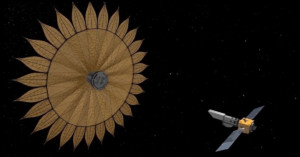
Photographers use tools called flags to block and control light. NASA has detailed a new technology called a starshade that's essentially a gigantic flag in space for doing photo shoots with space telescopes.
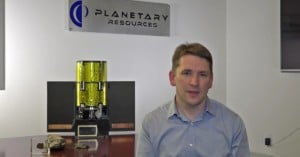
Planetary Resources, the company behind the ARKYD Kickstarter that promised you the chance to take a 'space selfie' for just $25, announced today that it is cancelling the project and will refund all $1.5 million raised in 2013.

Here's an interesting idea. Designer Celine Semaan Vernon enjoys looking at the freely available images taken by the Hubble Space Telescope and the Terra Satellite as much as anybody else, but she's taken it a step further. She decided to use those images to create beautiful silk scarves through her company Slow Factory.
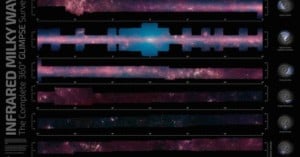
20 gigapixels might not seem like a lot in the world of super-high-res images. After all, we shared a 681 gigapixel image of just the moon's north pole the other day. But when you're talking infrared images of the milky way, the 20-gigapixel panorama that NASA just released yesterday is the clearest ever captured, and took them TEN YEARS to shoot.

You think 41 megapixels is a lot? Try 1000 megapixels! That's how much resolution the camera attached to the ESA's Gaia satellite is packing; a satellite that, as of yesterday, has left the Earth in its quest to photograph things that have never been photographed before at a resolution as of yet unheard of in space photography.

Infrared imagery has shown its value in many different respects: from keeping an eye on photosynthesis to lending a new perspective on a decades-long humanitarian disaster. But did you know that the future of outer space imagery also lies in infrared technology?
The James Webb Space Telescope, which is set to launch in 2018, is an infrared telescope that is primed to see much further than even Hubble ever could, piercing into the furthest reaches of our cosmos and answering questions we may not have even thought to ask yet.